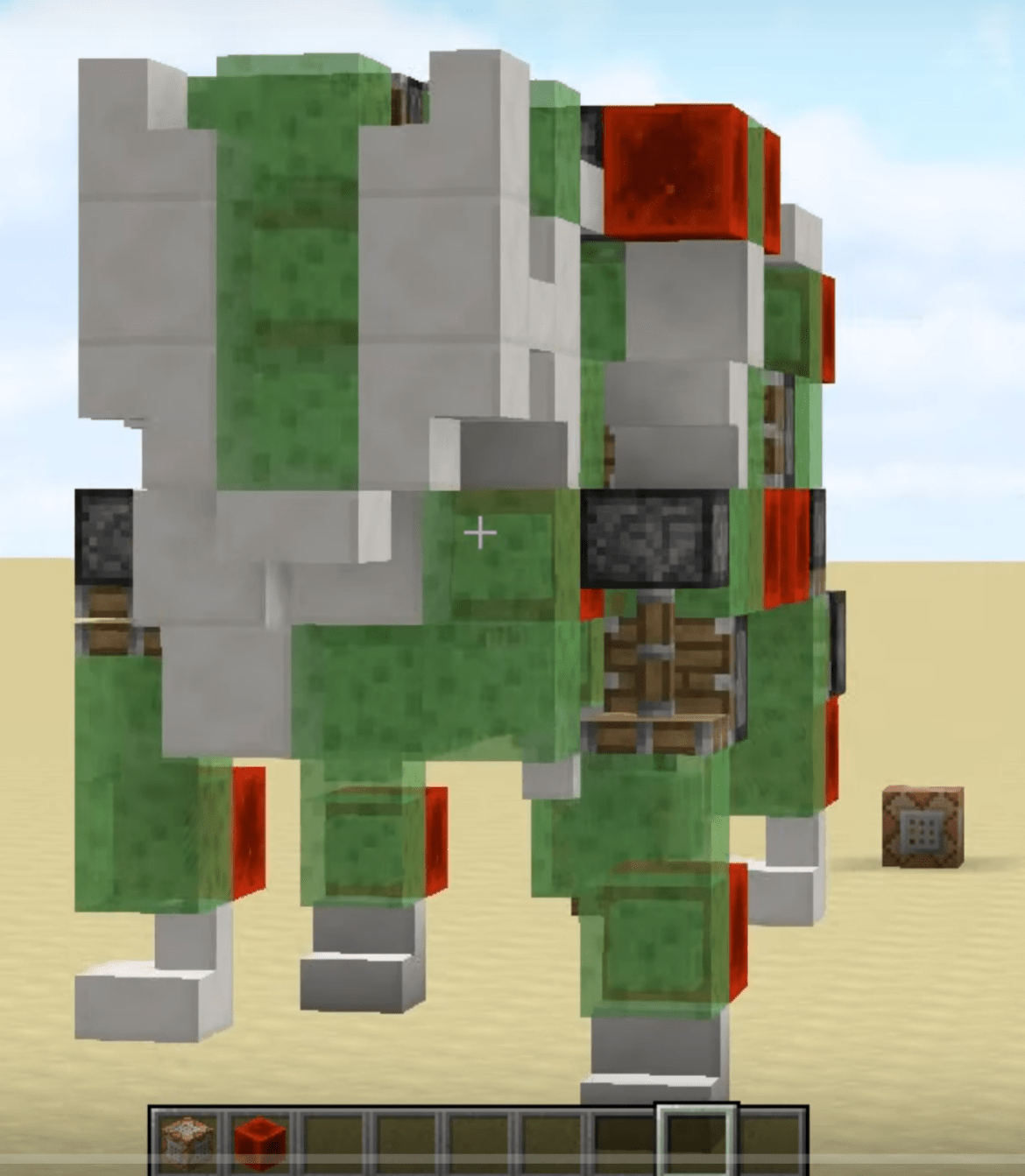Blended learning, coding, wearable tech, robots, artificial intelligence, and 3D printing remain hot, new trends for the near future. These technologies are already beginning to converge. One catalyzer that is making convergence possible in K-16 circles is Minecraft. How do these trends align to classroom instruction that works in virtual learning spaces?
Did you know? TCEA is offering Introduction to Minecraft workshops throughout Texas? The first is January 23, 2017 in Pittsburg (Area 8). The second is February 27 in Edinburg (Area 1), and another is on March 31 in Victoria (Area 3). Online course offerings will also soon be available! Sign up now to learn with a Minecraft Certified Trainer.
Classroom Instruction That Works from Marzano
Marzano’s research studies find that the effect of classroom practices on student learning are significant. Learners can use Minecraft as a future trends sandbox, disguising learning as play with 3D printing, coding, making, Internet of Things (IoT) control, and virtual learning space design. A wealth of work exemplifying Minecraft: Education Edition exists online, often the creation of self-motivated students across the globe. These students represent a growing expertise that shapes top Gartner group trends.
Let’s explore why in the chart below:
| Category | Percentile Gain* | Trends | Connecting Minecraft: Education Edition (M:EE) |
| Identifying similarities and differences | 45% | Online learning and makerspaces | Cognitive research shows that educational programs should challenge students to link, connect, and integrate ideas. Minecraft serves as a virtual graphic organizer, enabling teachers to scaffold student control of structure at differing levels of support. Students develop their own strategies and develop non-linguistic representations that enhance their grasp of similarities and differences. This enables students to “make new connections, experience fresh insights, and correct misconceptions” (source: Identifying Similarities and Differences) |
| Summarizing and note taking | 34% | Coding and content creation | In anticipation of creating a literature scenario or project in Minecraft, students must distill information into a concise, synthesized form and focus on important points. This is exactly what students do when they deconstruct fairy tale elements, script events as for a play, and then create the sets, characters, and portray the story in Minecraft. For example, constructing a building in Minecraft may require coded commands. Students become effective learners as they retell a fairy tale in Minecraft. |
| Reinforcing effort and providing recognition | 29% | 3D printing | Student achievement can increase when teachers show the relationship between increasing effort and achievement. One approach often employed with Minecraft involves creating a class effort rubric that shares a common definition for effort. This can involve defining whether a Minecraft student creation reflects the key elements of the rubric. View one example online and many others here. |
| Homework and practice | 28% | Makerspaces | Re-constructing a historical site over time in Minecraft enables students to break down complex processes (e.g. architecture, planning, building to scale, geometry) into smaller bits. Consider the Crafting the Past Minecraft project as one example of this effort. Per the website, “In order to create the most authentic experience possible, archaeologists have been working alongside gaming experts since the beginning of the project.” Students can do homework to practice how they might create project aspects and then demonstrate divergent strategies to a group in class. |
| Nonlinguistic representations | 27% | Makerspaces and blended learning | When students make virtual, 3D creations, as well as other types of non-linguistic representation, they create visual models of their thinking. They are able to organize key concepts in a visual way, as well as gain a better understanding of geometry. After creating visual structures, students can use their creations to better organize their ideas. See more ideas here. |
| Cooperative learning | 27% | 3D printing, drones, and robotics | Working together to design and create a 3D printing object in Minecraft serves as one example of cooperative learning. Students can plan a creation, execute it in Minecraft, and then print the result. Take a look at this video example. Robots can also be created and controlled in Minecraft using command blocks. The same can be done with drones. |
| Generating and testing hypotheses | 23% | Coding and the Internet of Things | In Minecraft, students can employ Redstone to create simple programs, as well as more complex ones, to achieve desired results in virtual space as defined online. Minecraft’s Hour of Code also provides examples for students to learn to control objects and make visible their thinking. |
*Adapted with Minecraft examples by Miguel Guhlin from a chart available online here. Read full report, What Works in Classroom Instruction, featuring effect size online from McREL.
Summary
While few can predict future trends with any degree of certainty, new technologies are converging and finding their way into virtual spaces and worlds. Minecraft serves as one technology that makes creating and controlling other technologies easy with minimal expense. With proper scaffolding, Minecraft activities align to Marzano’s classroom instruction that works research.

